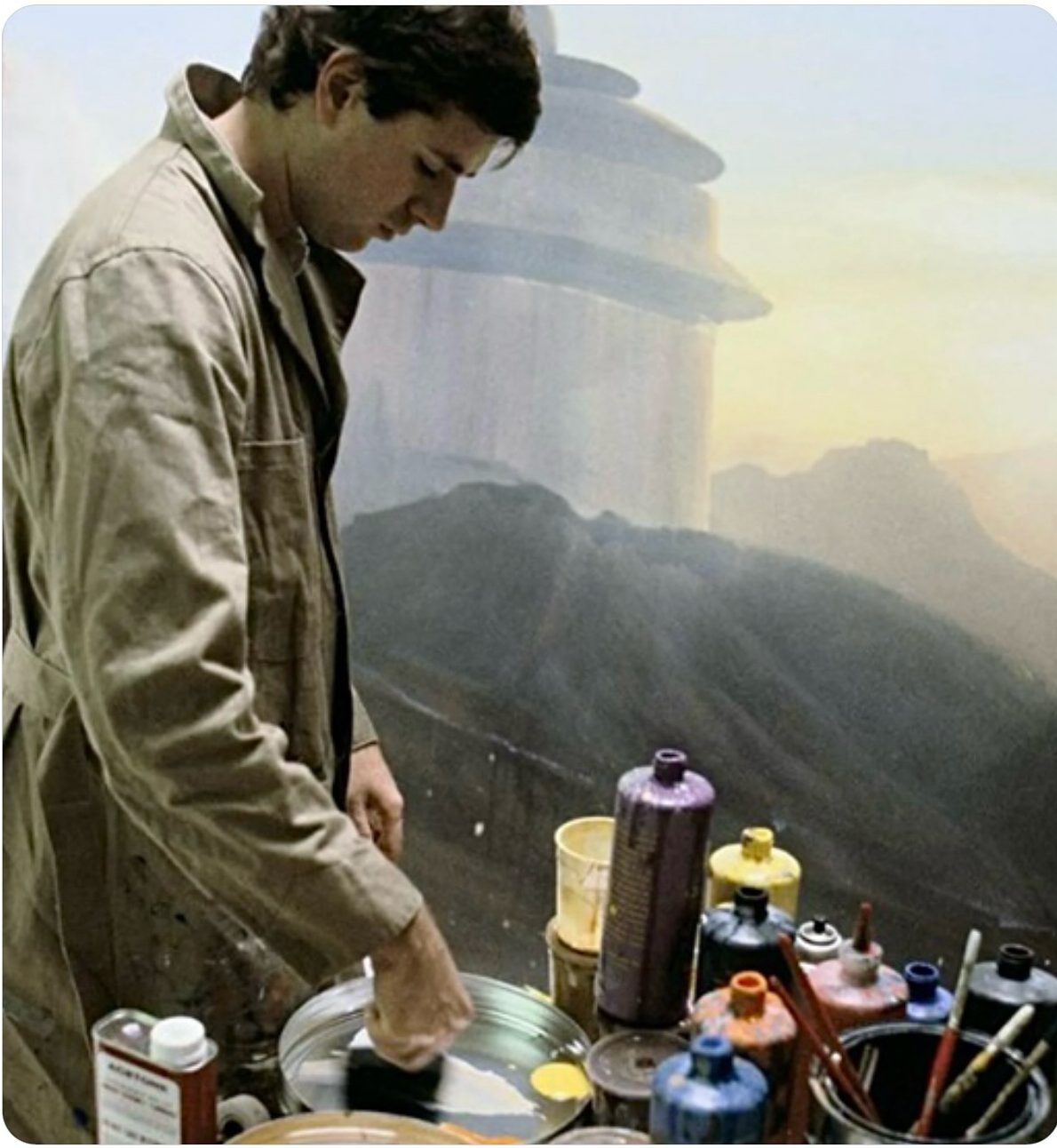How Matte Painting Brought the Original Star Wars Trilogy to Life Before the Age of Digital Effects
There is something magical about watching the original Star Wars films, even decades after their release. Long before computer-generated imagery became the standard for creating otherworldly landscapes and massive cityscapes, George Lucas and his team relied on a method that was as old as cinema itself: matte painting. This technique, though simple in concept, demanded extraordinary skill. Artists would paint entire scenes by hand, sometimes on large sheets of glass, and then combine those paintings with live-action footage. The result was seamless, creating the illusion of vast alien worlds, futuristic cities, and endless space backdrops that became iconic parts of Star Wars history.
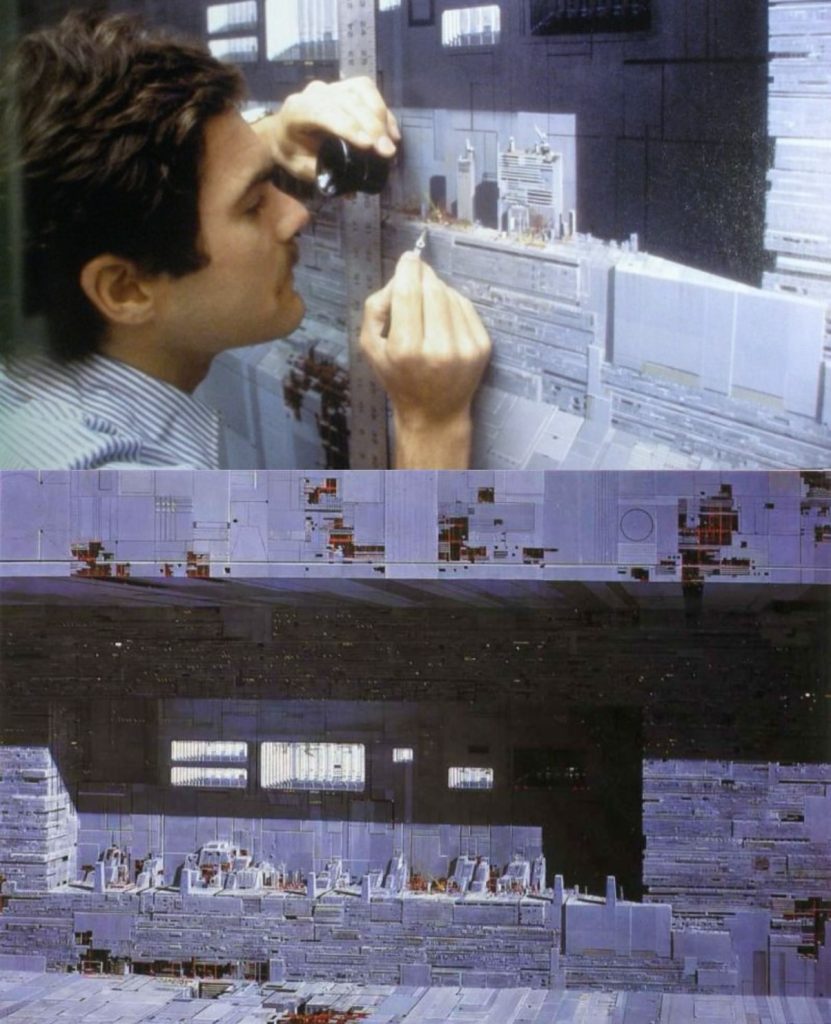
The first time you see the sprawling cities of Cloud City or the immense hangars of the Death Star, you might think it was all built on a massive set or created digitally. But in reality, many of those breathtaking shots were brushstrokes layered carefully by human hands. A matte painter could take a blank background and transform it into a place that looked as real as any photograph, yet still carried the dreamlike quality of painted art. They worked with precision, making sure every shadow, every highlight, and every line matched the live footage it would later be composited with. For viewers, the transition was invisible. The effect simply worked, and that was its greatest power.
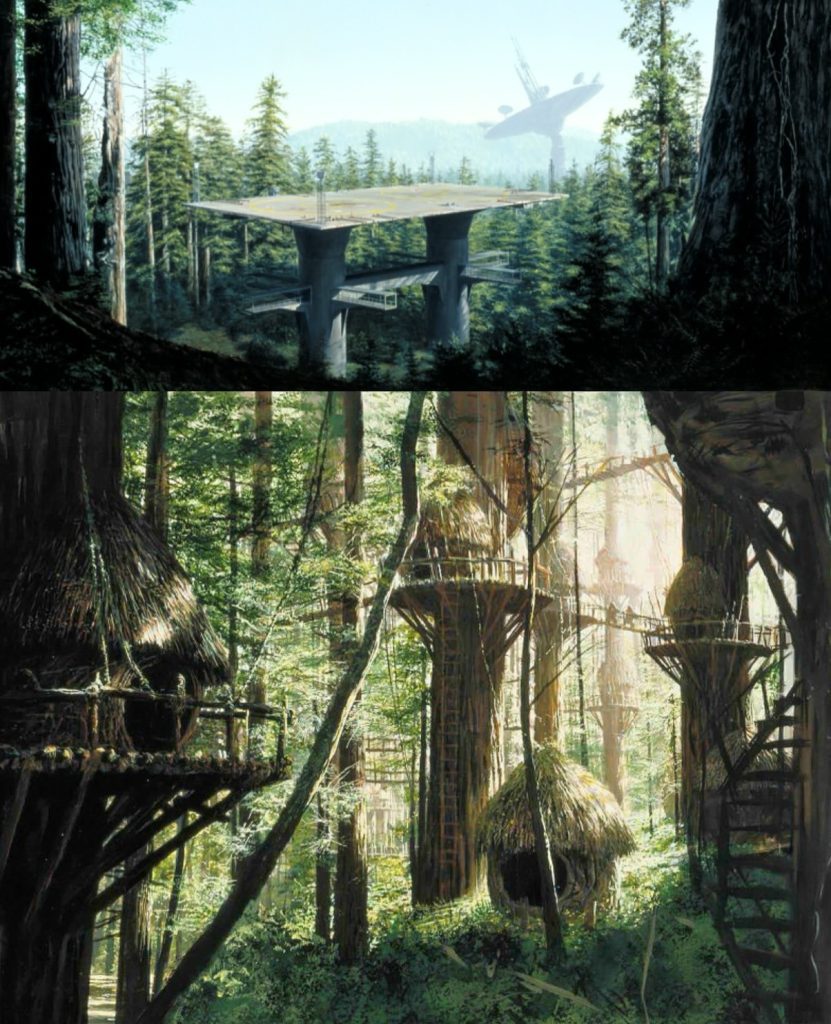
Matte painting wasn’t unique to Star Wars, of course—it had been used in films for decades, from early classics like The Wizard of Oz to epic adventures like Ben-Hur. But Star Wars pushed the technique to new heights, both in scale and ambition. The Industrial Light & Magic team, founded by George Lucas, assembled some of the most talented matte painters of the era. Names like Ralph McQuarrie and Michael Pangrazio are remembered with reverence by fans of film history because their contributions shaped how Star Wars looked and felt. Without them, the galaxy far, far away might have seemed smaller, less expansive, less alive.
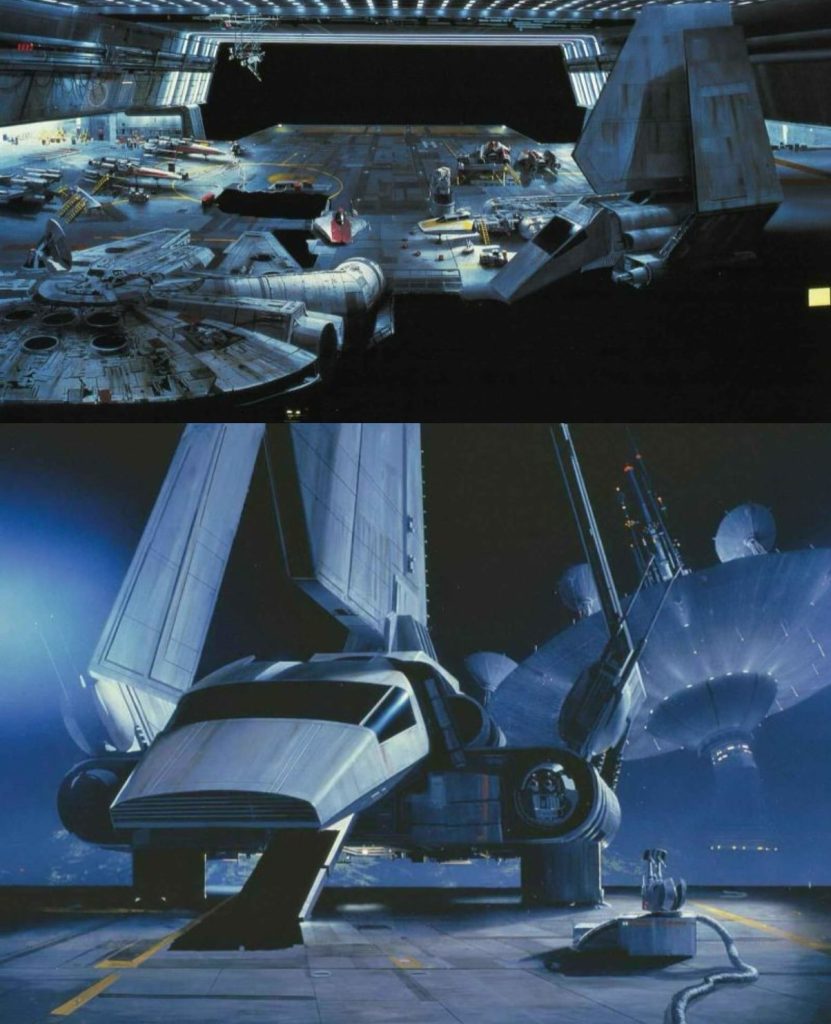
What makes this especially remarkable is that audiences at the time didn’t think twice about the backgrounds. That was the goal of matte painting: to disappear into the story. Today, we look back and admire the artistry, but in the late 1970s and early 1980s, these paintings were simply accepted as part of the film’s reality. The Death Star trench run, the corridors of Cloud City, even some of the sweeping desert landscapes of Tatooine relied on painted additions. The painters weren’t just creating set pieces; they were expanding the universe far beyond what was physically built.
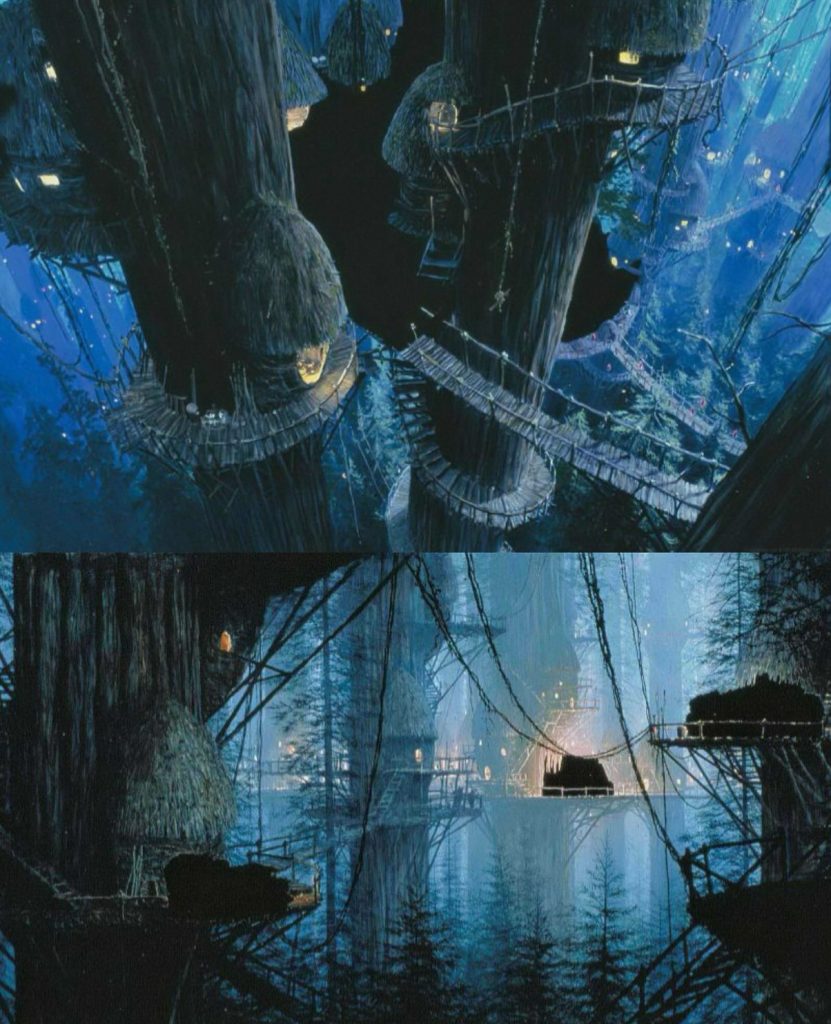
As technology advanced, matte paintings shifted from brushes and glass to digital tools. By the time the prequel trilogy was being made in the late 1990s and early 2000s, CGI had become the dominant force in filmmaking. Vast digital cities and alien environments were rendered with computers instead of painted by hand. While these effects opened up new possibilities, some fans still look back fondly at the artistry of the original trilogy’s matte paintings. There is a warmth and texture to those handmade visuals that digital perfection sometimes struggles to replicate. They remind us that the Star Wars galaxy wasn’t just imagined—it was painted into existence.
What’s touching about matte painting is that it sits at the crossroads of fine art and cinematic illusion. Each piece could stand alone as a painting, but its true purpose was to vanish into the story, to let the audience believe for just a moment that they were seeing something impossible. In a way, the matte painters were unsung heroes of Star Wars. They worked quietly in the background, their names rolling past quickly in the credits, while their work lived forever in some of the most unforgettable images of modern cinema.
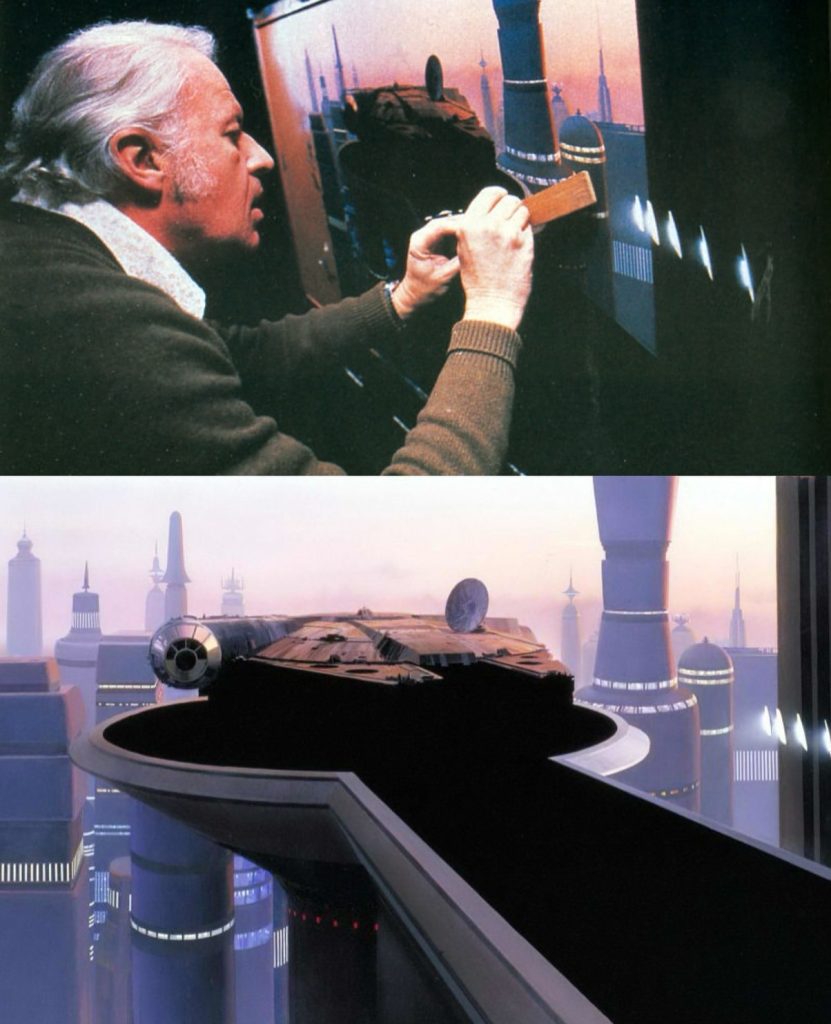
Even in today’s world of advanced visual effects, the old Star Wars matte paintings continue to inspire artists and filmmakers. They remind us that cinema has always been a marriage of creativity and technology, and that sometimes, the simplest tools—a brush, some paint, and a sheet of glass—can produce wonders that last for generations.

Daniel Reed is a curious mind with a passion for breaking down how the world works. With a background in mechanical engineering and digital media, he turns complex ideas into easy-to-understand articles that entertain and inform. From vintage tools and modern tech to viral internet debates and life hacks, Daniel is always on the hunt for the “why” behind the everyday. His goal is simple: make learning feel like scrolling through your favorite feed — addictive, surprising, and fun.
